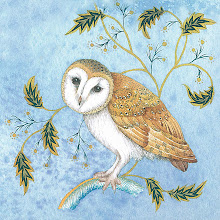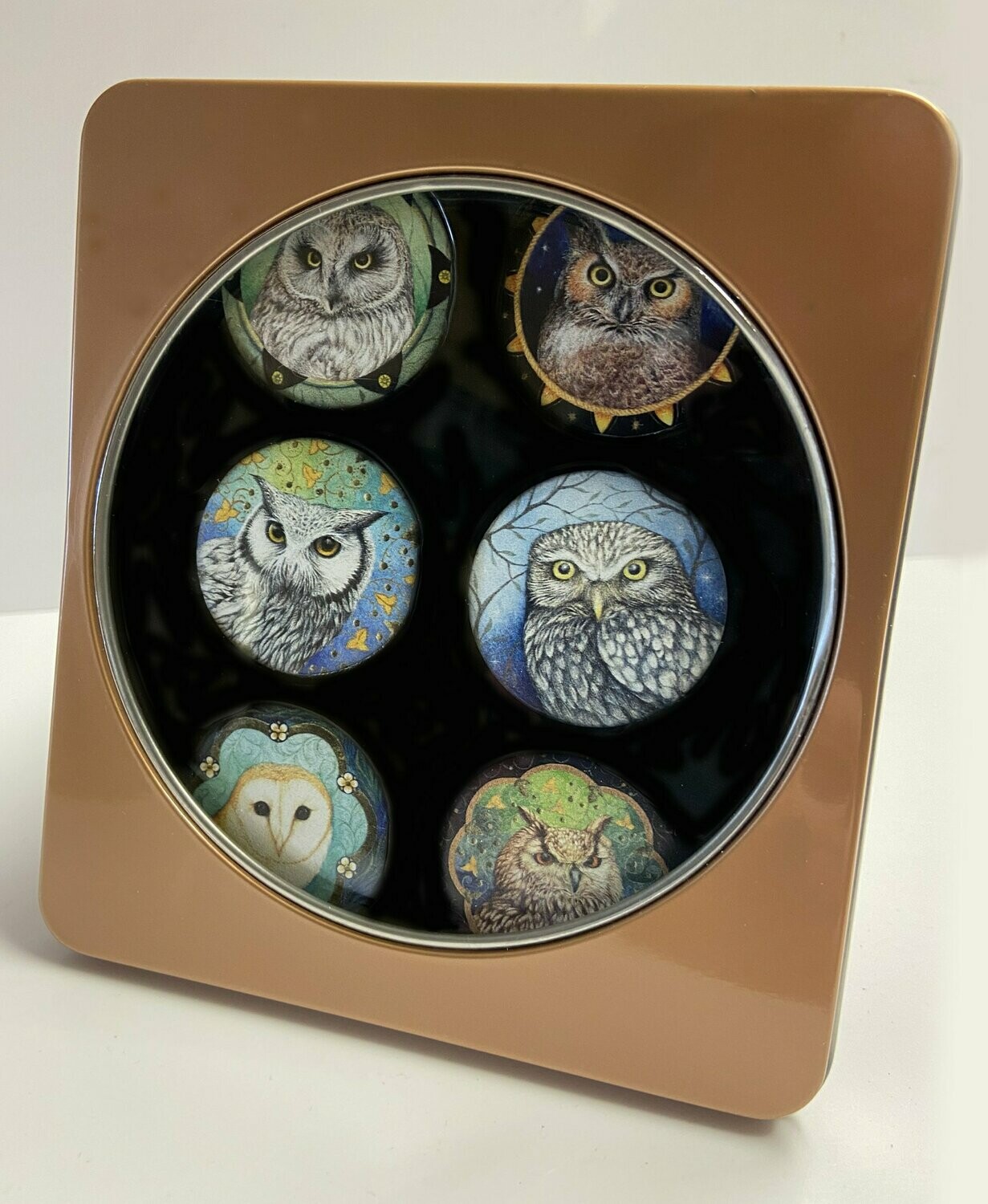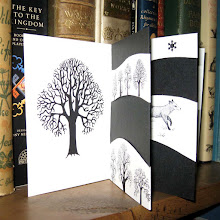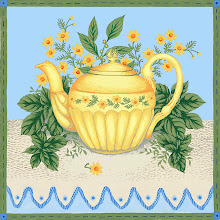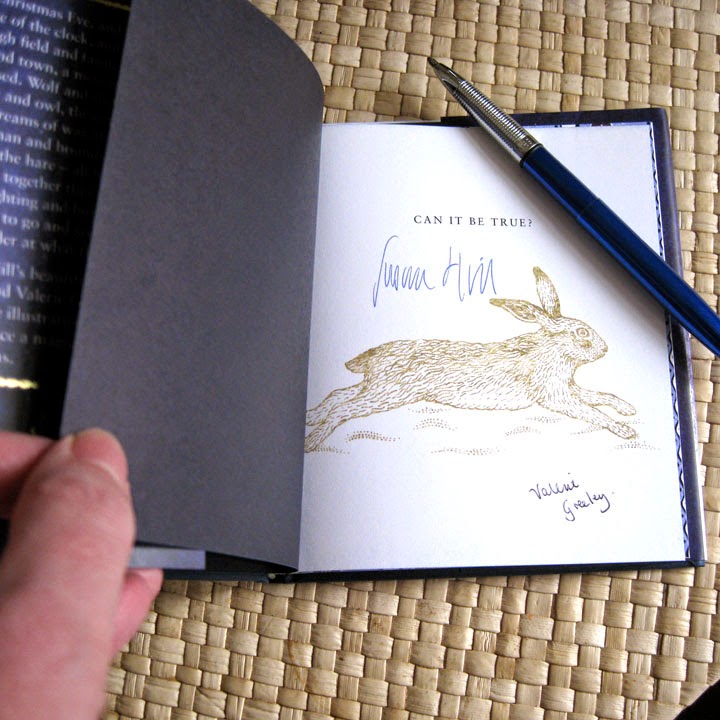

I went to a bookbinding demonstration a few weeks ago, I am all out of sync with blogging at the moment, but better late than never I suppose. The demonstration included ploughing a book, something that I have never done before and edge painting, which I suppose I will never do, but loved learning about.
When the sections of a book are first sewn together inevitably the pages will give an uneven edge to the book when closed. To give a beautiful, even finish to a volume the book may be ploughed in a book plough, seen here. The plough has a sharp blade, which trims each page to produce an even surface. This surface can be left undecorated or it can be marbled, gilded or painted to give a decorative effect.
We were shown how an edge can be painted by first applying a thin coat of size to the surface. Acrylic paint was then used to decorate the edge; this was later waxed and burnished to produce the most beautiful finish. Amazingly none of the pages stuck together!
In the past some books were painted in such a way as to conceal a painting along the fore-edge. The book would have been placed in the press at an angle; it would have then been painted in such a manner that when the book was closed the painting would be secret. Landscapes were the usual treatments for such books but also, because of the secret nature of the subject, sometimes life drawings. When the book is seen shut the painting is hidden. The closed, straight edge could also be gilded, as if things were not complicated enough! If you have time, there are some fascinating videos on youtube which demonstrates what I mean. You never know, you may already own a book with a fore-edge painting, which has been secret for centuries.

